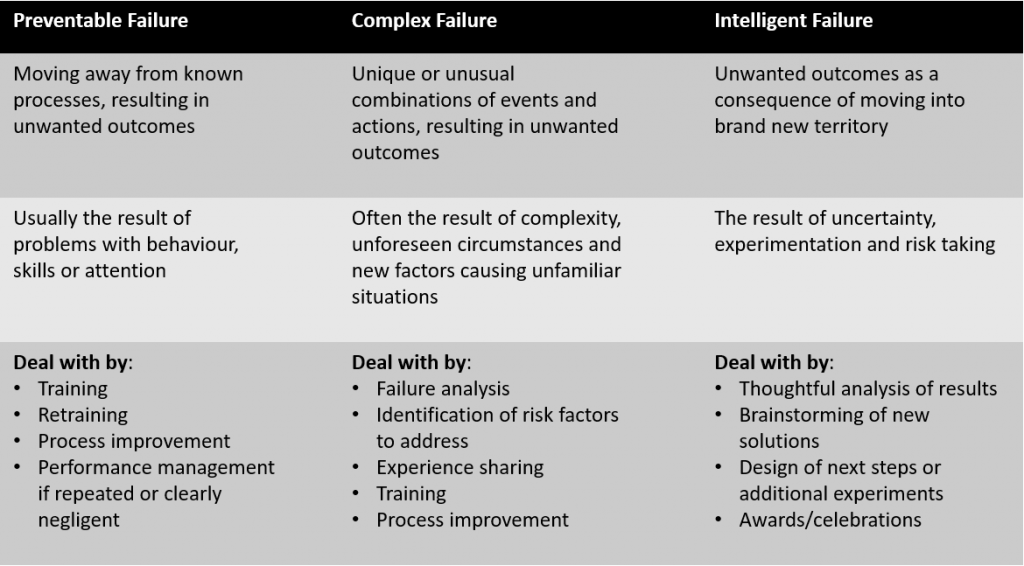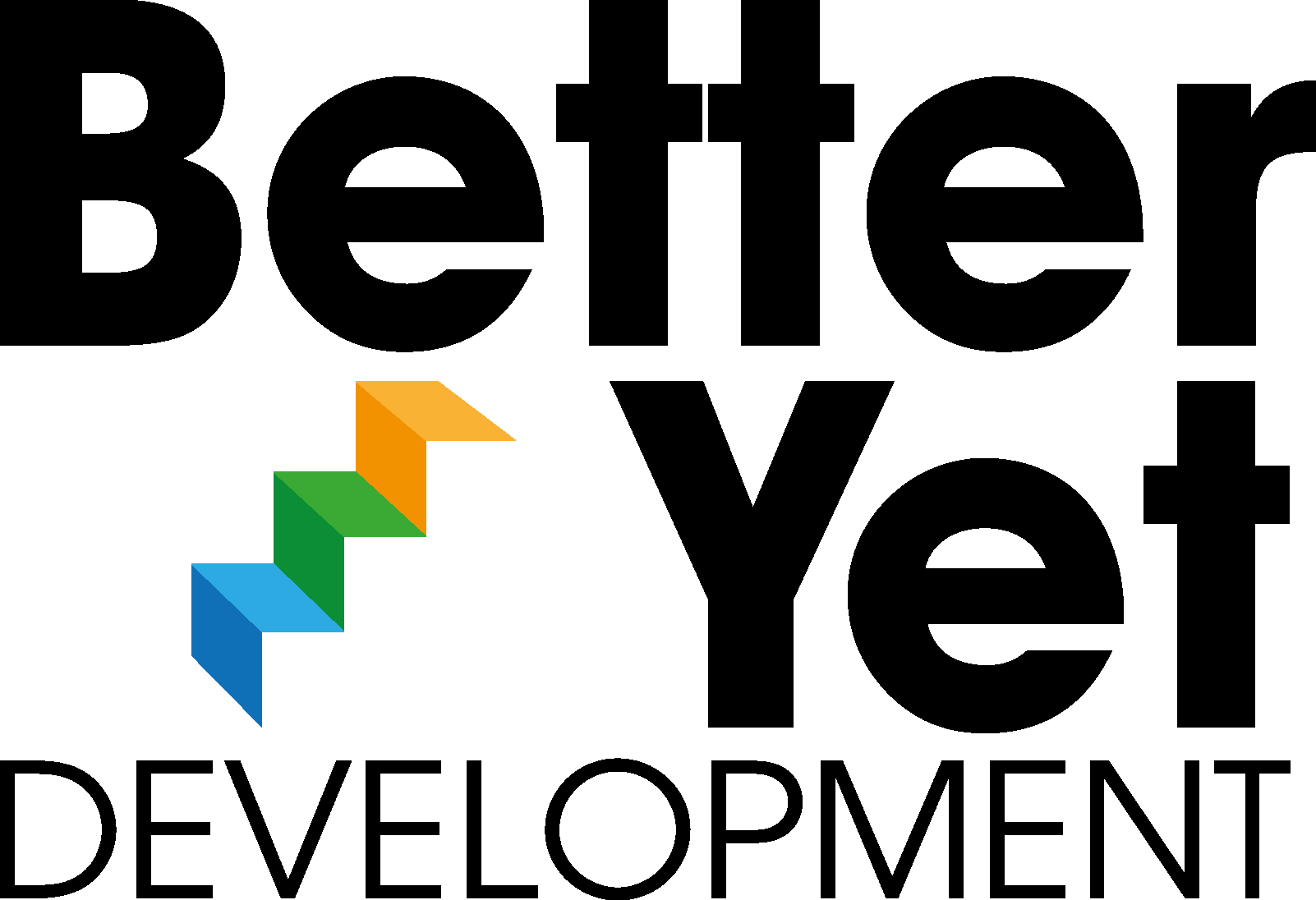Where does innovation come from?
I see it as the combination of people and environment. It’s not enough for a creative individual to constantly generate ideas if those ideas are routinely ignored, or there’s nowhere to take them or they never get implemented.
It’s hard to be innovative on your own. It’s harder to build an innovative organisation. Outside of start-ups, how many businesses are truly innovative from top to bottom?
Teams can be innovative though. With the right leadership, a team can create and maintain the sort of environment that fosters and develops innovation.
In many ways teams, small groups with a common purpose and shared goals, are the ideal innovation forum. At team level, it is relatively simple to secure agreement, put processes in place, monitor progress and implement actions.
For the team, there’s much to gain in terms of reputation, engagement and doing more “cool” stuff.
As we continue to wrestle with the best way of working both during and post the pandemic, It might be that now is an ideal time for many teams to consciously ratchet up their innovation quotient.
Here are some thoughts on how.
The conditions necessary for team-level innovation
Innovation stands the best chance of flowing when a team is committed to the concept and the leader ensures conditions are right to encourage it.
It’s helpful to arrive at a common understanding of what innovation will look like for the team – what’s in scope, where there’s low-hanging fruit and how things could evolve.
The expectation that the team will innovate has to be clearly articulated and understood by all team members. Perhaps it’s written in a Purpose or Goals statement, but it’s essential that there’s a general agreement that “this is what we do”.
The team then needs space to innovate, with supporting processes so that it becomes part of business as usual. And as far as possible, obstacles need to be removed.
The leader and team should spend time discussing pre-requisite behaviours for innovation. Questions like these will help to surface the necessary behaviours:
- What will ensure that everyone on the team speaks up with the earliest beginnings of an idea?
- How can feedback be best given and received?
- How can the team challenge each other without damaging relationships?
- How do the team and leader become more comfortable with the risk of failure?
- What needs to be done to improve the quality of listening across the team?
- How can the team make it easier for individuals to ask for and offer help?
- How can decision making, action and follow-up improve?
There are no prescribed answers to these questions. The team may have additional questions, which have to be resolved if the right conditions for innovation are to be created.
Involving the team in co-designing how they work, brings agency to the process and will help secure commitment to a new, more innovative approach.
The “living abroad” mindset
We know that diverse teams are more innovative than highly uniform teams. Fascinatingly, research from William Maddux additionally shows that people living abroad tend to be more creative.
Why might this be?
It turns out that the real difference is explained by individuals seeking out, understanding and then integrating the different cultural characteristics of their host and home countries.
That ability to appreciate and integrate different ideas and points of view is a core foundation of innovation.
How could this capability be harnessed to give teams an innovation advantage?
Increasing attention is being paid to the power of team social identity as a predictor of team success. Essentially team identity is how a team chooses to define itself, in a way that provides significant meaning for all team members – particularly in relation to other teams or relationships. When a strong identity has been defined, It’s sometimes described as a team’s “unfair advantage over the competition”.
As mentioned earlier, a team might see part of its core purpose as innovating. It could then go one step further by encouraging the development of a “living abroad” mindset. Here, team members would consciously combine a curiosity about other perspectives with a willingness to find ways of integrating them with their own points of view – not as a compromise, but as a route to creating something new.
This could form the basis of a powerful identity.
Imagine the team working as a creative exchange, where individuals routinely ask for help with challenges; ideas are freely shared and listened to with open minds and new approaches are developed by extracting the essence of different perspectives and experiences.
So, how can teams develop a “living abroad” mindset?
Here are a few approaches that I’ve seen work well:
- As part of a discussion on innovation and team identity, the team leader introduces the idea of the “living abroad” mindset and the value of integrating different strands to create something new. The team explores the desirability of the mindset and what it might look like in behavioural terms. The team agrees 3 or 4 principles and how those principles will be maintained in practice.
- Teams get into the habit of building things together, rather than using time together simply to report progress. Initially this might simply be using the “bigger brain” of the team to solve collective bugbears.
- Space is created for innovation in the team’s time together – for example, implementing a standing, “Who needs help?” agenda item. The team leader can get the ball rolling by showing a little vulnerability and going first with a request for help with a problem.
- Innovation becomes easier when we stop thinking we need to have all the answers, all the time. Curiosity starts with an acknowledgment that “not knowing” is OK. The team can Introduce a culture of not knowing and celebrate the phrase “I don’t know” as a gateway to innovation and improvement.
- New ideas are rarely brand new, they’re usually re-purposed. Teams can regularly invite representatives of other teams to meetings and see how they’ve tackled their biggest challenges. These sessions are opportunities to develop those critical integration skills.
- Slowly, but surely, the team can be encouraged to change how they see their role, perhaps ultimately becoming a collective builder of improvement.
The role of the team leader
Creating a sustainably innovative team requires leadership. The team can comprise wonderfully creative individuals, but for innovation to be constant and valuable, a climate or eco-system needs to be put in place. This is the job of the team leader.
Getting the team focused on an innovative purpose, discussing identity, mindset and team norms all need team leader initiation and probably facilitation.
A central part of this eco-system is ensuring that the team has the space to innovate. That means carving out time (not just in meetings), so that the team can work together on developing ideas.
Fear of failure is one of the biggest blockers of innovation, so an enlightened team leader also needs to create space to fail. In The Fearless Organization, Amy Edmondson talks about de-stigmatizing failure and presents this useful codification (I’ve adapted a couple of tables from the book):

Failure and risk need to be openly discussed. Working through scenarios with the team is a practical way of getting everyone on the same page. Similarly, After-Action Reviews, where intent and consequences are considered in the cold light of day and maximum team learning extracted, should happen as a matter of course.
If habits of innovation are going to develop in the team, the leader needs to accept that he/she does not have a monopoly on being right. It may be that the leader has the final say on a decision, but the best ideas will flow when everyone, leader included, is happy being challenged up to the point of a decision. Kim Scott puts it well in Radical Candor,
“Bosses and companies get better results when they voluntarily lay down unilateral power and encourage their teams and peers to hold them accountable, when they quit trying to control employees and focus instead on encouraging agency”.
So the team leader builds agency. Agency is established with trust and involvement. Agency also needs outcomes.
It can’t be all talk.
The leader has to ensure sufficient process and discipline exists to select the best ideas, take them to action and review their impact objectively.
Leaders of innovative teams have two additional roles – protectors and promoters. The leader needs to ensure that the space created for innovation is protected. In part this is achieved by assuring delivery of the team’s primary objectives, so the team retains their licence to innovate. A smart leader will also work hard to manage governance and admin processes, so they’re about enabling innovation, rather than control. This could be agreeing upfront how ideas will be selected for implementation, timelines for an idea to show results, reporting requirements, what support options are available etc.
Finally, everyone wants to be part of a winning team, so ensuring that the team’s innovation achievements are well communicated inside and outside of the organisation will help to build recognition, engagement, career development and set the team up as a magnet for smart, ambitious, creative talent.
Innovation can happen at team level. By getting the team to focus on their innovative potential, team leaders can help make work more interesting, challenging and engaging. If there is a wider innovation strategy within the organisation, the team leader should of course check in to seek guidance, share good practice and avoid duplication of effort. But the lack of such a strategy shouldn’t prevent teams from exploring how they can be more innovative. The benefits are worth it.
I’ve worked with teams to increase and improve innovation. If you’d like to know more and discuss how this might be relevant to teams in your organisation, please drop me an email or call me on +44 (0)7967 352602.

